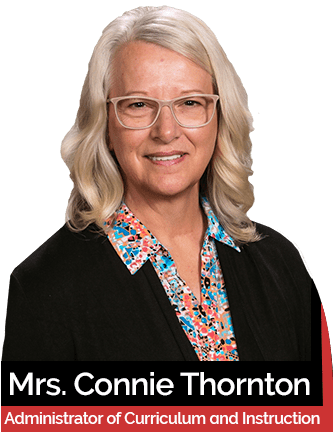Tell me about field trips.
Kindergarten students enjoy field trips into the community to extend classroom learning. We visit an orchard, farm, pond, and children’s museum. “Mission trips” are taken to a local assisted living or nursing home to share the love of Christ. Parents are welcome but not required to attend field trips.
What enrichment classes are offered to kindergarten?
Students participate in weekly sessions of P.E., Music, Art, Library, and Chapel.
Students learn to be good stewards over the health of their bodies in P.E. They discover that God is creative in Art and learn to sing a new song to the Lord in Music class. Library time allows the children to explore the world of books, appreciating the gifts God gives to authors and illustrators. Students participate in chapel, joining their hearts with the elementary grades to praise, worship, and learn more about the Lord.
How are students disciplined?
Developing character qualities conducive for classroom peace takes guidance and practice. Our discipline rubric is built on the truths of God’s Word. “No discipline seems pleasant at the time, but painful. Later on, however, it produces a harvest of righteousness and peace for those who have been trained by it” Hebrews 12:11. Emphasis is placed on being rightly related to the Lord while learning to be more like Jesus. Prayer, natural and logical consequence, combine with modeling and practice to form a solid foundation for discipleship/discipline in our kindergarten classroom.
We take a discipling approach to discipline. Rules are created at the beginning of the year with input from the students so that they understand the “why” behind the rules. “Mistakes are for learning” is our mantra and every effort is made to help children learn from their mistakes. Peace making skills are taught to minimize tattling, and mutual respect is modeled and expected. Logical and natural consequences are used when appropriate. Praying with and for the students to have a desire to obey is practiced when children haven’t learned from their mistakes through logical and natural consequences. Weekly behavior reports are sent home informing parents of student’s efforts in obedience, respect, and becoming a good friend.
<strong>What is the dress code for students</strong>?
Kindergarten students follow the school’s uniform dress code with the exception that boys are not required to wear belts.
<strong>Do the children take naps</strong>?
The Bible says to “Be still and know that I am God.” Psalm 46:10 Kindergartners take a daily 20 minute rest after lunch, practicing being still while listening to praise and worship music and stories. This quiet time offers active bodies a chance to relax and refresh their spirits as they gear up for the second half of the day. During the second semester, this quiet time is used as a sustained silent reading time for our budding readers.
We are very busy in kindergarten, so students rest on mats for twenty minutes each day after lunch. During this quiet time, we listen to stories or praise and worship music. Second semester the children take their reading books to their mats to practice their budding reading skills. This break in our day gives active bodies a chance to relax and get ready for the second half of our day.
<strong>What are ways I can be involved in the classroom?</strong>
Parents are welcome to help in the classroom in a variety of ways. Reading during rest time, sharing about a mission trip, helping struggling students during our morning reading time are possible opportunities to be involved. Parents are welcome to join us on every field trip, chapel on Fridays, and classroom parties.
<strong>Do you conduct kindergarten screening?</strong>
Kindergarten screening is offered each Spring. Using the Kindergarten Readiness Test, a kindergarten teacher will assess your child for readiness in eight areas. There isn’t a way to prepare your child for this as much of it is developmental in nature. Sometimes children are not quite ready for our program, especially if they are a young five-year-old. It is not unusual for children to be six when entering our kindergarten program. The screening will give us a good indication of your child’s developmental readiness.
<strong>Tell me about your reading program.</strong>
Reading is taught so that one day children will be able to read the Bible on their own. The best reason to help children think about what they read is to interpret God’s word and apply it to their life.
At the beginning of the year, emphasis is placed on letter recognition, sound-symbol relationship, and phonemic awareness; the ability to hear and manipulate sounds and part of words. The ability to identify and create rhymes lays a strong foundation for reading readiness. The Abeka phonics curriculum is combined with Foundations and Frameworks reading comprehension program for a comprehensive reading experience. Children learn short vowel sounds first, then when consonants are introduced they will learn to blend the two sounds together. By Christmas children are reading one vowel words and simple sentences. Long vowels are taught in the second semester, along with 50 “special sounds” increasing word decoding ability. Sight words are taught to enhance reading fluency.
<strong>Is there a lunch program?</strong>
Children may choose to bring their lunch or purchase a lunch Monday through Thursday when students eat on the mezzanine. On Fridays, all students bring their lunch and eat in classrooms. Microwaves are available to warm up lunch items. Parents are welcome to join their student any day for lunch. Kindergarten eats at 10:45.
Mrs. Cindy Richardson
Kindergarten Teacher<br>2017 GPACs Teacher of the year
This FAQ was written by Mrs. Richardson.

 Academics
Academics 